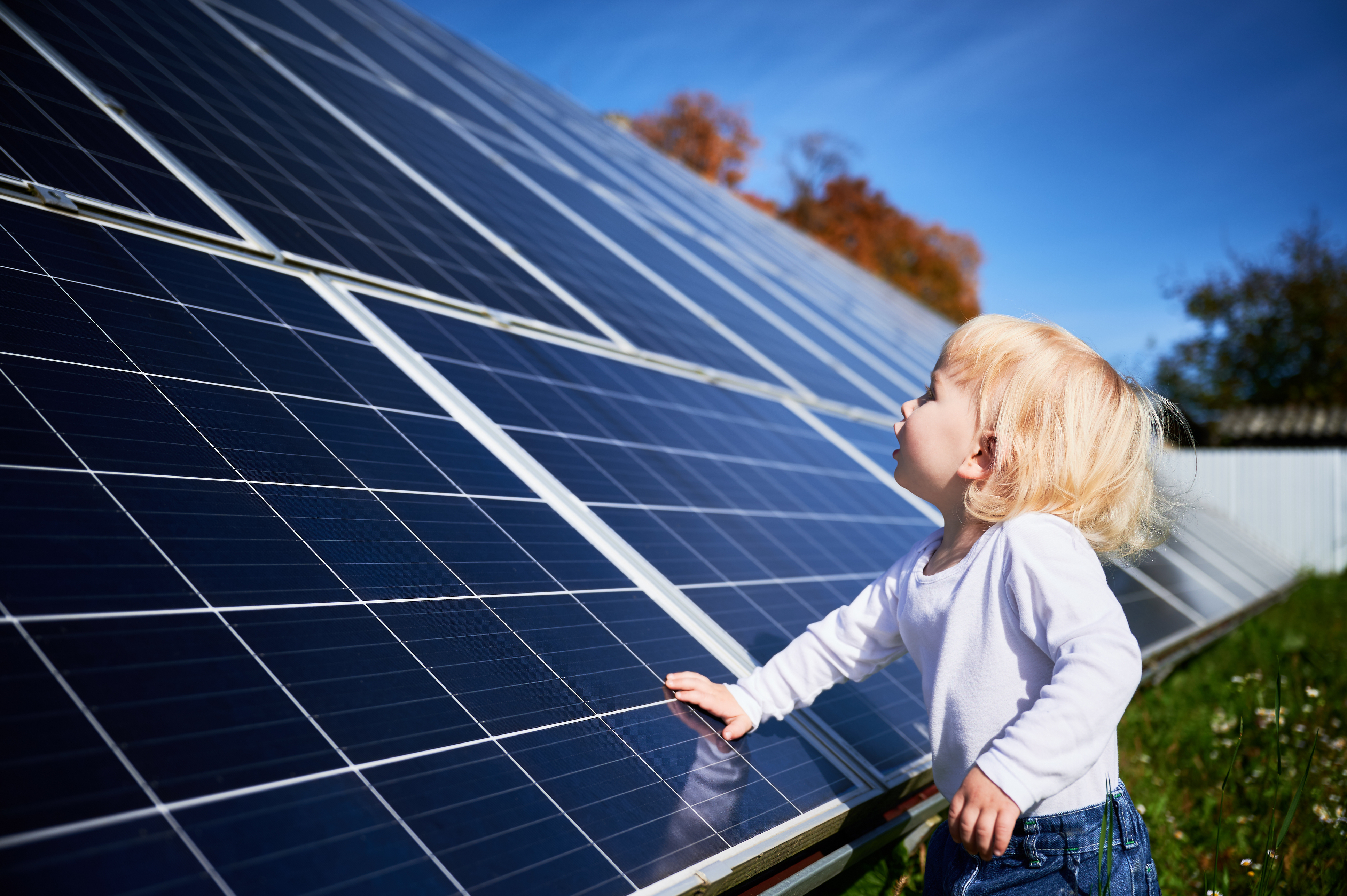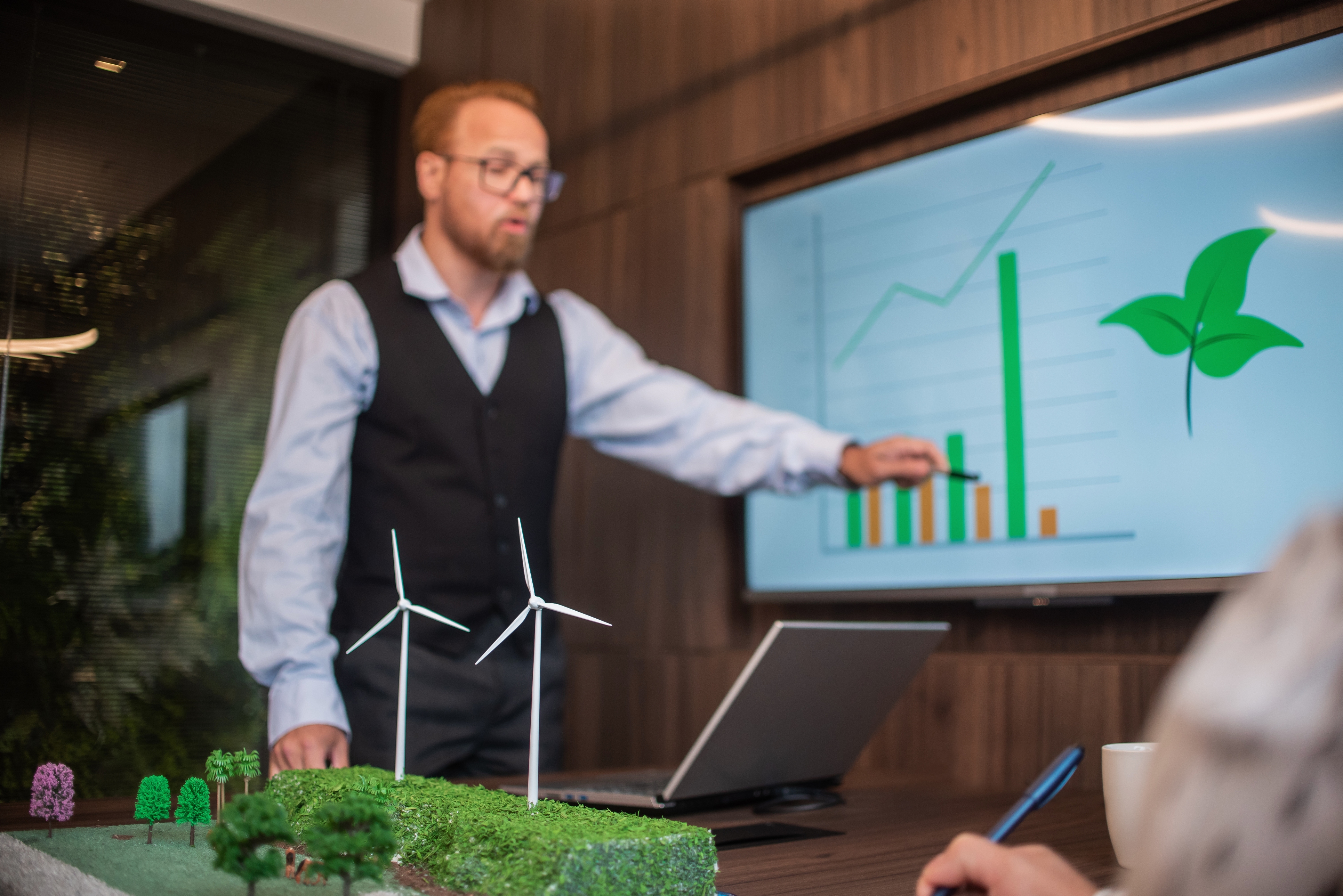What is Clean Energy?
Clean Energy
Clean energy is sometimes referred to as ‘green’, ‘new’ or ‘renewable’ energy. It comes from natural resources that are constantly replaced and never run out. There are many clean energy sources and technologies such as:
- solar
- wind
- hydroelectricity
- hydrogen
- geothermal and bioenergy
The clean energy sector includes activities involved in:
- designing, developing, constructing and operating the infrastructure for generating, storing, transmitting and distributing energy from renewable, zero or low emissions energy sources. In addition to renewable electricity, zero and low-emission energy sources include low carbon liquid fuels such as hydrogen and biomethane.
- For example: hydroelectricity, rooftop solar, large-scale solar, wind turbines, home and grid scale batteries as well as transmission and distribution infrastructure.
- reducing or managing energy use. This may include increasing residential, commercial and industrial energy efficiency. Energy-efficient homes and buildings use less energy to heat, cool, and run appliances and electronics. Energy-efficient manufacturing facilities use less energy to produce goods.
- For example: installing insulation, glazing and more efficient appliances and machinery including heating and cooling as well as measuring and assessing energy efficiency.
- installing and maintaining the technology that uses clean energy rather than fossil fuels. This may include the electrification of machines, equipment, processes and vehicles.
- For example: Replacing or altering heavy machinery and equipment (such as an
industrial furnace) to use electricity rather than coal/gas. Replacing gas heating and cooking equipment in homes and businesses. Deploying and maintaining zero or low emissions vehicles and supporting infrastructure, including chargers.
- For example: Replacing or altering heavy machinery and equipment (such as an


